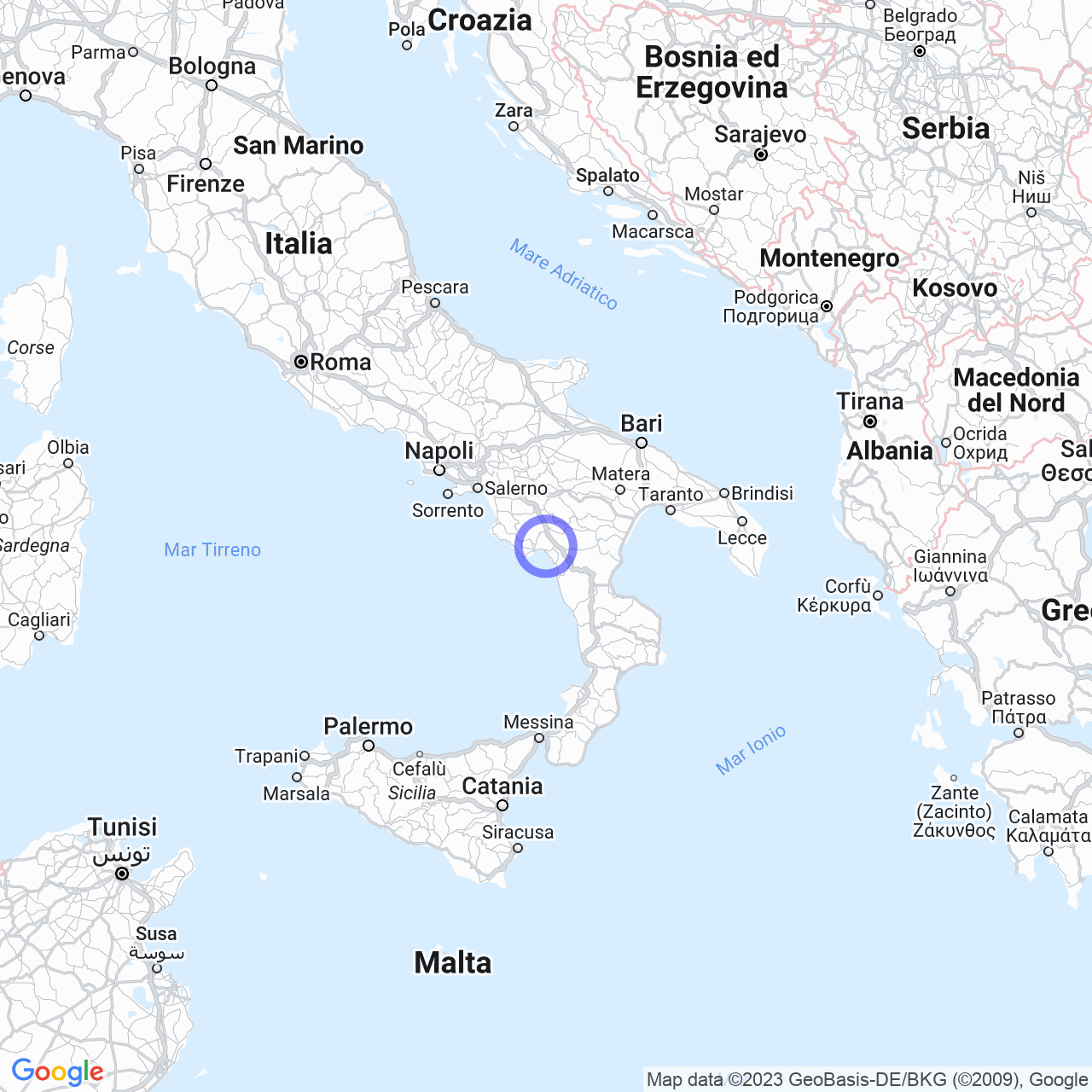Torraca
Discovering the Province of Salerno: A Varied and Fascinating Territory
The province of Salerno, located in the Campania region, is one of Italy's most diverse and heterogeneous provinces. With a population of approximately 1,059,305 people, it is the second-largest province in Campania and the tenth-largest in Italy by population.
Physical Geography: A Varied Province
The province of Salerno covers an area of approximately 4,954 km² and includes 158 municipalities, making it the largest province in Campania by both area and number of municipalities. It faces the Tyrrhenian Sea to the southwest and borders the metropolitan city of Naples to the northwest, the province of Avellino to the north, and the province of Potenza in Basilicata to the east.
The province's territory consists of several distinct historical-geographic entities, including the Nocerino-Sarnese agricultural area, the Amalfi Coast, the capital Salerno, the Sele plain, and the vast areas of Cilento and Vallo di Diano.
In the northernmost part of the province, there is the Nocerino-Sarnese agricultural area, which has around 300,000 inhabitants and is urbanistically connected to the Vesuvius Red Zone. This area is the smallest in the province (188 km²), but the most significant in terms of population and population density (around 1800 inhabitants per km²). The agricultural land is fertilized by Vesuvius ashes and irrigated by the Sarno River.
To the north but on the west side (south of the Sorrento Peninsula) lies the Amalfi Coast, a UNESCO World Heritage Site, with its picturesque historic centers and beautiful landscapes, making it one of Italy's most famous destinations.
Moving southeast is the capital city of Salerno, a historic city facing the coast that develops where the Irno valley flows into the sea, between the foothills of the Lattari and Picentini mountains.
Further east is the Sele plain or Paestum, an unhealthy and marshy land until the 20th century, but nowadays an area of high agricultural productivity and strong tourist appeal. To the north of the plain lies the hilly and then mountainous area of the Sele Valley, bordering Irpinia.
Beyond the Sele are the vast areas of Cilento and Vallo di Diano, predominantly mountainous and verdant and difficult to access, which remained isolated from major traffic flows for a long time but have great landscape charm, declared a national park of Cilento, Vallo di Diano, and Alburni and a UNESCO World Heritage Site.

Hydrography: Richness of Watercourses
The territory of the province of Salerno is rich in watercourses, including the main river Sele, which originates in the province of Avellino and flows into Eboli at Foce Sele, 5 km away from Paestum, with a flow rate of about 70 m³/s. Other significant watercourses include the Calore Lucano (a Sele tributary), Tanagro, Bussento, Sarno, Tusciano, and Alento (Campania) rivers (from which the Cilentan region takes its name).
Orography: Mountains and Heights of Importance
The province of Salerno houses mountains and heights of importance, including Mount Cervati (1898 m) and the Alburni massif with Mount Panormo (1742 m), belonging to the Lucanian Apennines, Polveracchio (1790 m), and Accellica (1660 m), belonging to the Campanian Apennines.
Conclusions: The Beauty of the Province of Salerno
The province of Salerno is a fascinating and diverse territory that embraces the beauty of the coast, the traditions of the countryside, the history of art cities, and the magnificence of nature. Its strategic location makes it an ideal starting point to explore Campania and Southern Italy. Its traditions and culture make the province of Salerno a tourist destination of extraordinary beauty and value.
